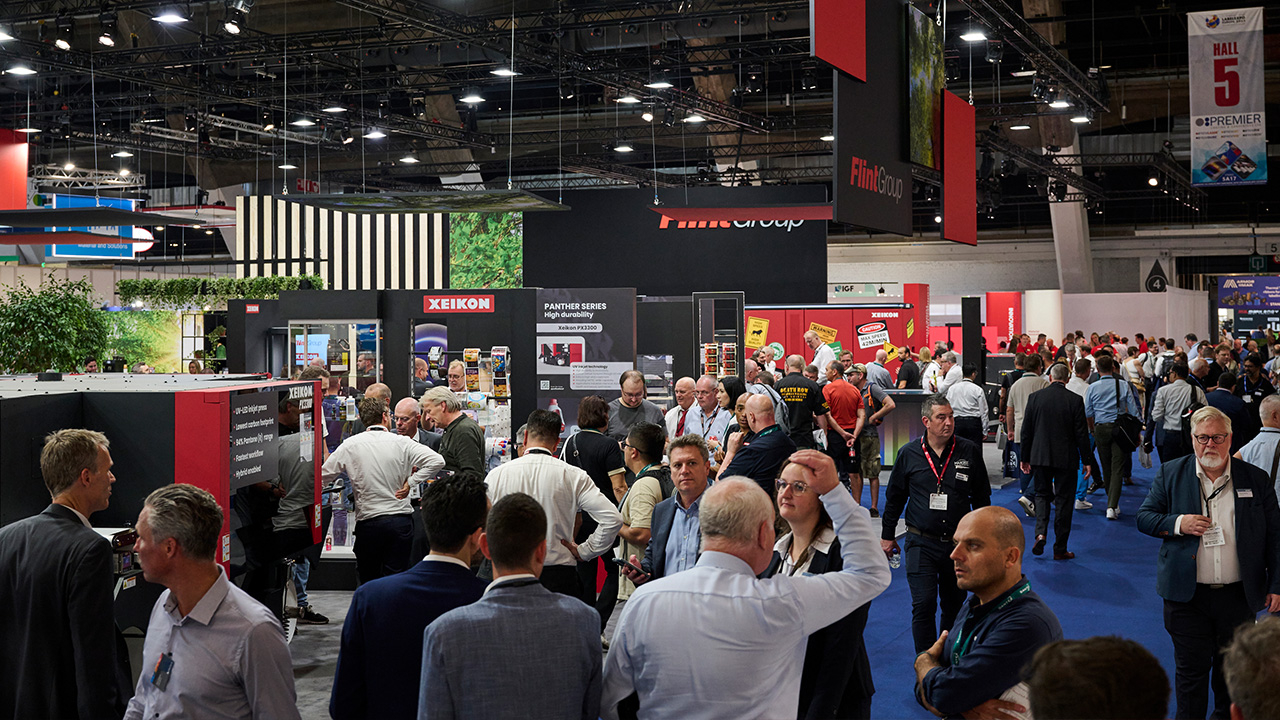Editor’s note: size matters

Amid a host of thought-provoking revelations, it shows that – despite the pandemic – sales revenues increased for 72 percent of the surveyed TLMI converter members, with 19 percent reporting sales declines. For those whose business volumes increased, 23 percent reported 15 percent sales growth for the first three quarters of 2020 compared to the same period a year earlier, while 13 percent reported sales up by more than 20 percent.
As per the Finat Radar report, which asked similar questions of European label converters, growth and decline were largely dictated by which end user markets the converters serve. The food, beverage and household chemical sectors surged amid consumer habit changes brought on by the pandemic; entertainment and hospitality, automotive and durables all experienced significant declines.
The figures are more positive than expected, but the underlying trends makes sense. Where it gets even more interesting is the variation in sales growth or decline among converting companies of different sizes.
The TLMI Market Watch report divided converters into four categories depending on annual sales. These range from the smaller companies with annual sales under 6m USD (22 percent of the sample), to the 6-15m USD sales category (33 percent of the sample), to 15-35m USD (25 percent) and the large converter and converter groups with over 35m USD annual sales (20 percent). The study shows that converters with the highest growth rates fell mainly into two categories: the biggest (annual sales over 35m USD) or the smallest (sales under 6m USD).
“As consolidation among converters continues, two expansion models have emerged”
LPC’s Jennifer Dochstader and David Walsh speculate that small and large converters are more ‘generalist’ – servicing multiple end user segments – compared to mid-sized converters who tend to specialize in fewer end user categories. This leaves the smaller and larger converters less vulnerable to the collapse of specific sectors – on average the companies that reported year-over-year growth serviced 4.5 end use sectors, while those that saw a decline service an average of 2.4.
So diversification is crucial, but is it enough? In this issue’s Q&A, Isidore Leiser, CEO of French converting group Stratus Packaging, admits concern at the size of his company – despite six factories and a turnover of more than 50 million EUR which would put him firmly in the ‘large converter’ category as per TLMI’s definition. Serving food, beverage, cosmetics, pharma and industrial chemicals, and with no single customer accounting for more than 5 percent of its revenue, Stratus is well-insured against a drop in a particular segment. But at this level, Stratus – a family owned business – is competing with converting groups backed by the deep pockets of private equity investors. Growth is imperative, says Leiser, and the company is actively seeking acquisitions outside France.
As consolidation among converters continues, two expansion models have emerged. All4Labels has shown that family run businesses can compete with the biggest private equity groups; the likes of Stratus and Grupo Lappí (see previous issue) are trying to do the same. How the battle between these two models develops will be fascinating to watch.
Stay up to date
Subscribe to the free Label News newsletter and receive the latest content every week. We'll never share your email address.


